5th July - Tynwald Day, Isle of Man’s National Day
Written by Anne Newman - 5th July 2019, updated 2023
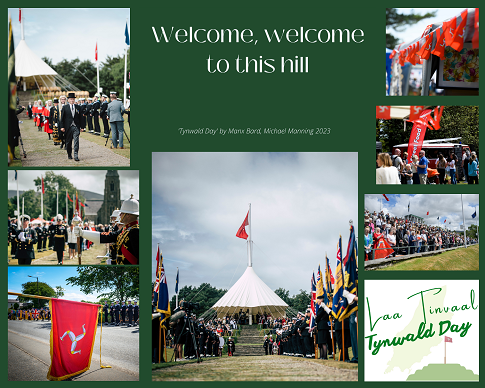
Tynwald Day 2023 - welcome, welcome to this Hill
The law first written down in 1417, and described even then as ‘The Constitution of Old Time’, describes the practice originally established by the Vikings in the 10th century AD of gathering together to uphold the law, settle disputes, and make decisions affecting the community.
Welcome, welcome to this hill, welcome, welcome all that will, eat and drink and have your fill.
A Manx Toast -
Slaynt as shee as eash dy vea, as maynrys son dy bra.
Health and peace and length of life and happiness for ever.
The High Court of Tynwald or Manx Parliament, is the legislature of the Isle of Man.
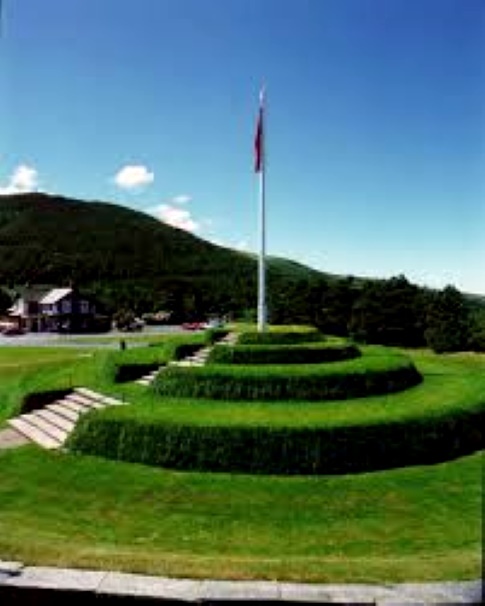 | 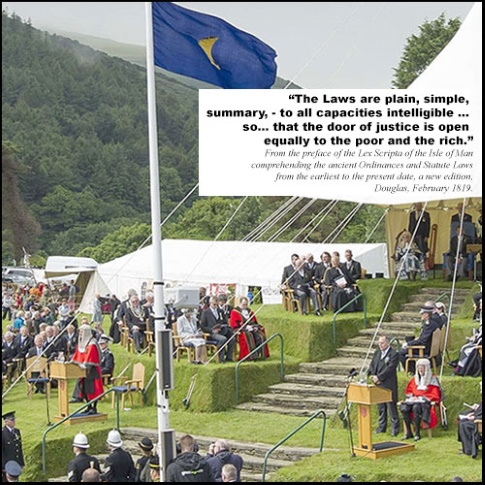 |
Read more at the Isle of Man Legislation website
Tynwald Day - Laa Tinvaal - is the Isle of Man’s National Day usually observed on 5th July unless this is a Saturday or Sunday , then it’s on the following Monday.
Before Tynwald sits, the individual presiding inspects the Guard of Honour and lays a wreath at the National War Memorial, which was inaugurated in 1923. A foreign head of state attending the ceremony may accompany the Lieutenant Governor, as His Majesty The King of Norway did in 2002.
At eleven o'clock Tynwald convenes, in the Chapel of St. John the Baptist, for a religious
service.
Then they proceed to the adjacent Tynwald Hill. The path is strewn with rushes; the tradition is traceable to the Celtic custom to win the favour of the sea god Manannan by offering bundles of rushes on Midsummer's Eve. The path is lined with numerous flagpoles, which fly both the red national flag and the blue parliamentary flag.
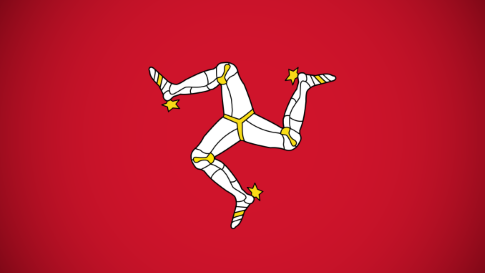 |
High Court of Tynwald adopted this flag in 1971. It is said to be from the coat of arms of the Kings of Man and is known as the MacDonald flag. | 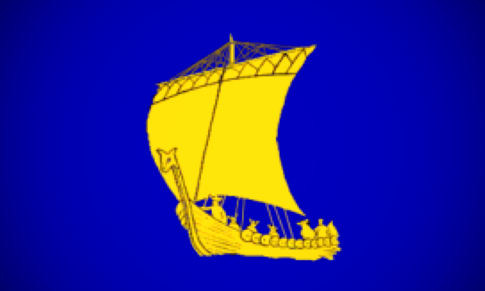 |
The first procession
includes clergymen and certain government officials.
The second
procession, known as the Tynwald Court Procession, follows; in order,
it comprises the officers of the House of Keys, the members of the
House of Keys, the Chief Minister of the Isle of Man, the Speaker of
the House of Keys, a messenger of the House of Keys, officers of the
Legislative Council, members of the Legislative Council, the Attorney
General the Deemsters, the Bishop of Sodor and Man, the President of
Tynwald and a messenger of the Legislative Council.
Following are two guards, the Sword-bearer, the Presiding Officer and the Lieutenant Governor (if not presiding).
The main ceremonies of
the day take place on Tynwald Hill, known in the Manx language as
Cronk-y-Keeillown, or the Hill of the Church of John, in the village
of St John's.
This mound is said to include soil from all 17 of the
Island's parishes.
The mound, approximately 12 feet (3.7 metres) in
height, includes four circular platforms, which are of successively
decreasing size, thereby giving Tynwald Hill a somewhat conical
shape.
The ceremony of proclaiming laws on Tynwald Hill is traceable to the Norse practice of making public proclamations from mounds: Iceland for example, once used the Lögberg (Law-Rock or Law-Hill) for the same purpose.
On Tynwald Day any
person may approach Tynwald Hill and present a Petition for Redress.
The Petitions can be taken up by members of Tynwald and put to the
parliament. Many pieces of legislation in the Isle of Man have been
passed using this process.
In addition to the parliamentary proceedings, there are plenty of other attractions such as concerts, family ceildh, firework displays, stalls and displays to keep everyone entertained.
--- oOo ---
Anne is sharing a series of events throughout the year - you can find them listed by clicking to the link Other Notable Dates and Festivals.





